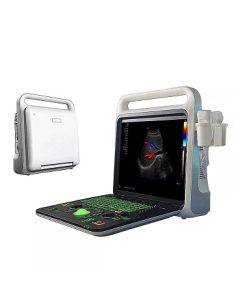How much do you know about ultrasonography?
1. Which parts of the ultrasound examination need fasting?
Ultrasonic examination of the liver, gallbladder, pancreas, adrenal gland, renal artery, left renal vein (nutcracker), etc. requires fasting for 8 to 12 hours.

2. Why fasting?
This is determined by the inherent acoustic characteristics of ultrasound, which is afraid of interference from intestinal gas. Because after eating, the gas in the gastrointestinal tract will increase, which will affect the imaging effect, and the doctor will not be able to see clearly. In addition, after eating, the gallbladder shrinks, and the lesions in the gallbladder cannot be detected in time.
3. Which parts of the ultrasound examination need to hold back urine?
Examination of uterine appendages, urinary system, prostate, seminal vesicles, etc. requires moderate holding back of urine.
4. Why do you need to hold back your urine?
After holding back the urine moderately, the bladder can serve as a good sound-transmitting window, and can push the intestines away, so that the image will be clearer. However, excessive holding back of urine may cause difficulties in diagnosis. Excessive holding back of urine will push the uterus backward, which is not conducive to observation.
Note: After 3 months of pregnancy, you can check the fetus without holding back your urine.
5. Which parts of the ultrasound examination need to urinate?
Empty urine is required for transvaginal examination of the uterine appendages, pelvic floor, and determination of residual urine.
6. Why do you need to urinate?
Because a full bladder will push the uterus backward, affecting the imaging effect.

